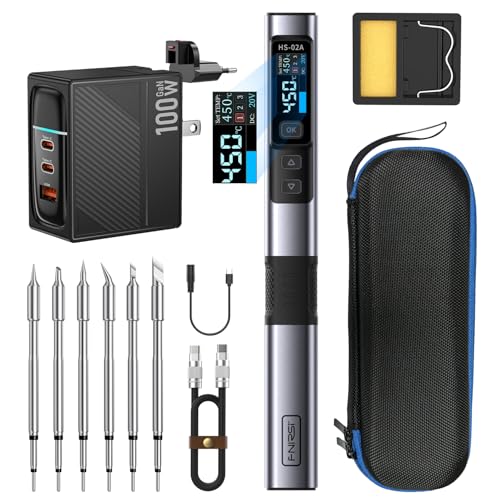I'm thinking of doing some controlled experiments on preamps and it seems like it ought to be easy (in principle) to play mic-level recorded signals into preamps for very controlled experiments.
I'm familiar with reamp boxes that generate instrument-level signals for guitar amps and pedals, but I don't recall hearing about re-preamping boxes that generate mic-level signals.
Is that a thing? How would I go about that?
Related question: are there any archives or other good sources of pristine recordings of mic-level signals (presumably through high-end "clean" preamps and converters), for such experiments?
It seems like there ought to be, and it ought to be comparatively easy to compare preamps (at least relative to things like compressors), running varied standard clips through them at different gain levels to see what "color" you get (or not). (And maybe with a few different output impedance levels from the repreamp box?)
I'm familiar with reamp boxes that generate instrument-level signals for guitar amps and pedals, but I don't recall hearing about re-preamping boxes that generate mic-level signals.
Is that a thing? How would I go about that?
Related question: are there any archives or other good sources of pristine recordings of mic-level signals (presumably through high-end "clean" preamps and converters), for such experiments?
It seems like there ought to be, and it ought to be comparatively easy to compare preamps (at least relative to things like compressors), running varied standard clips through them at different gain levels to see what "color" you get (or not). (And maybe with a few different output impedance levels from the repreamp box?)


































